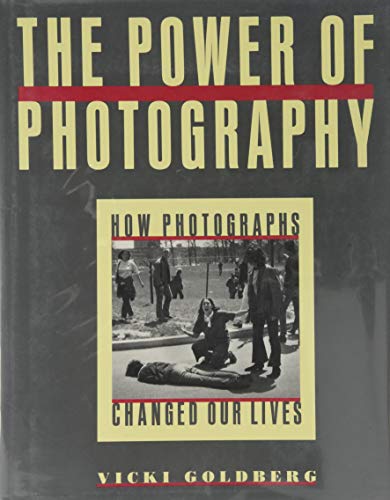Synopsis
Examines the influence of photographs on life in the twentieth century, discussing the significance of over one hundred images
Reviews
YA-- The photograph, the most ``living'' of 19th-century inventions, is explored in all of its manifestations and roles in this lavishly illustrated, large-format book. Part history and part social essay, it traces the medium from its beginnings with the French daguerreotype of the 1840s to the powerful social tool and all-pervasive ``eye'' it has become. Utilized by social reformers such as Jacob Riis and Lewis Hine to depict the horrors of urban slums, by photohistorians from Matthew Brady to Margaret Bourke-White to record the carnage of war, and by great portraitists from Nadar to Eisenstadt to Karsh to preserve for posterity the faces of the great personalities and the commonplace scenes of bygone eras, the photograph has become a prestigious art form and an instrument of propaganda unsurpassed in its influence. A most absorbing study. --Richard Lisker, Fairfax County Public Library, VA
Copyright 1992 Reed Business Information, Inc.
"The influence of photography has been more carefully considered than the influence of particular photographs," writes Goldberg ( Margaret Bourke White ) in defining the purpose of her original, entertaining and informative illustrated social history. "Unforgettable" pictures of the dead at Gettysburg, the airship Hindenburg exploding, the flag-raising at Iwo Jima and the book's cover image, a young woman wailing over an antiwar protestor shot dead at Kent State--all these have "influenced events," the author cogently demonstrates. In her analysis of the impact of specific photographs, Goldberg identifies some lasting and influential portrait "icons," including Dorothea Lange's 1936 migrant mother as well as the benign head shot of Mao massively reproduced as an instrument of rule. Most telling of all is her account of how the widespread dissemination of certain pictures--black demonstrators attacked by dogs and firehoses, a Saigon curbside execution, a child burned by napalm--helped goad the public toward pressing for civil rights legislation and withdrawal from Vietnam.
Copyright 1991 Reed Business Information, Inc.
This book, which covers the same territory as Gail Buckland's First Photographs ( LJ 1/15/81) and Lorraine Monk's Photographs That Changed the World ( LJ 1/90), includes familiar images: Brady and Gardner's Civil War dead, Dorothea Lange's "Migrant Mother," and Sam Shere's exploding "Hindenberg." It is a pastiche of 19th- and 20th-century photographs and their stories, retold in epigrammatic style. Interested lay readers will be fascinated by the images in this book, but subject specialists will find the treatment more journalistic than analytical or scholarly. The text and photos published here do not seem to be the result of Goldberg's own primary-source research and original discoveries. Instead, she compiles material first published by photohistorians and other researchers in scholarly essays and books. Citations are imprecise; one footnote usually covers an entire paragraph of sources. Captions omit process and dimension information. The lack of a separate bibliography in a book that relies so heavily on the work of others is disappointing and frustrating.
- Kathleen Collins, Great Barrington, Mass.
Copyright 1992 Reed Business Information, Inc.
"About this title" may belong to another edition of this title.
